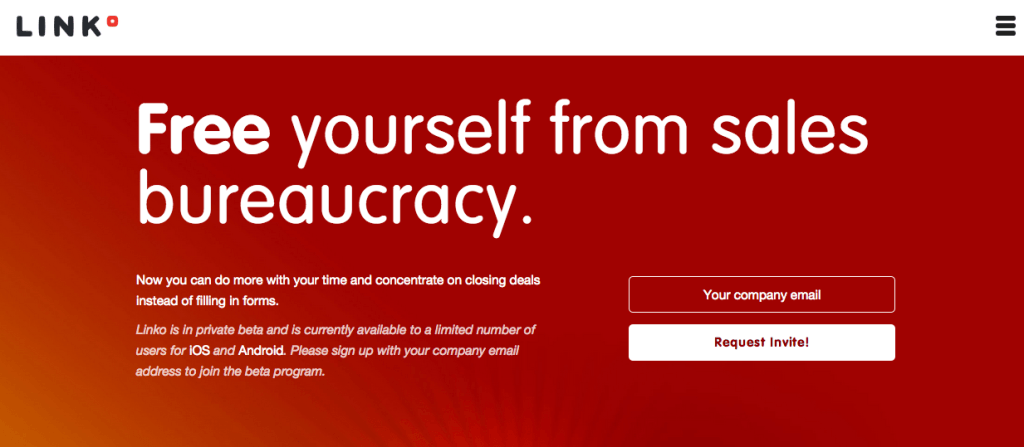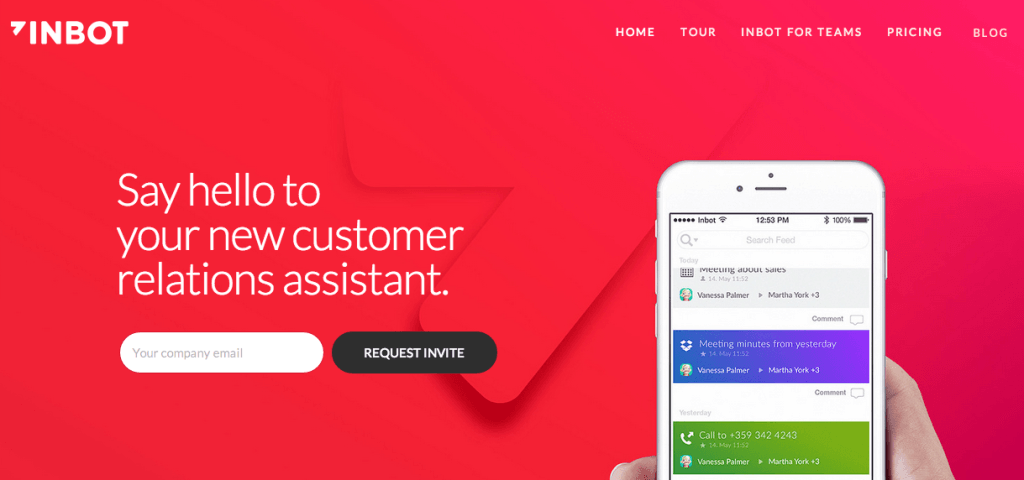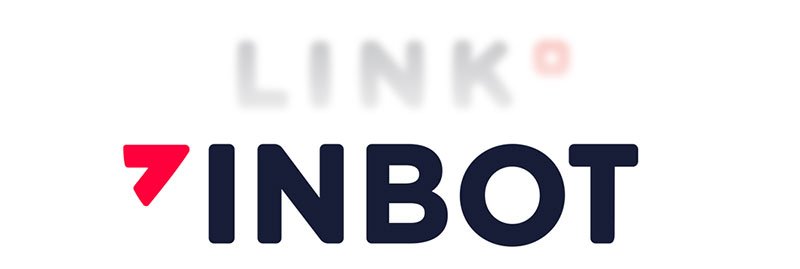Editor's note: This is a guest post from Olga Steidl, Growth Manager at customer relations platform Inbot, which has offices in Berlin, Helsinki and San Francisco.
Earlier this year, Inbot – formerly known as Linko – faced an unexpected startup hurdle that resulted in a cease and desist letter and an obligatory company name change right before its public product launch.
Here, Steidl shares the nightmare trademarking experience and outlines some things startups should consider to avoid legal trouble.
When it comes to creating a startup – regardless of which area you're tackling – you need to realize that creating a trademark for the company is crucial. Not only does trademarking the logo, tag lines and everything related to your company protect your business identity, it protects the company against copyright infringement more effectively.
It's also important to note that registering a domain or company name for your business simply doesn’t offer any protection.
Unfortunately, we at Inbot had to learn about the importance of trademarking the hard way.
The story, in a nutshell
Earlier this year, when we were still known as Linko, our team did an initial search of the name and didn't come across anything worth flagging. Like many startups, we weren't sure about the particulars regarding trademarking and didn't file any official trademark papers nor US "intent-to-use" applications due to their costly and complex nature.
Instead, we took a risk and began promoting the brand of our beta product – which was connected to the Linko name – and built up its identity.

Little did we know about the existence of Linko Data Systems – a Colorado-based company that one could describe as managing toilet water systems. Their name/website never came up in our initial search, so we thought it'd be okay... We thought wrong.
With our startup's brand promotion during this time, my guess is that the other Linko began seeing us pop up in their Google search and we got onto their radar. Eventually, they filed a trademark in the categories where our future launched product would be operating and we received a cease and desist letter. Despite having a good lawyer, we were forced to change the company name.
We were extremely attached to our former name, Linko, which means 'sling' in Finnish, and thought it perfectly encompassed our goal of linking people and data. It's also easy to remember and spell.
It took us over a month to create our new name, Inbot, and the company had its first – and biggest internal fight – but we realized how devoted the team was to the product and, in the end, it paid off.

We learned a lot from this trademarking debacle and wanted to share some (legal) things your startup should consider when thinking about trademarks, especially if your company is planning to go global or expand to the US:
1) Be creative with your mark
After creating your business, think about a mark that'll help it be identified easily. At this point, you need to make sure that no one has the same mark as you, because this can lead to various legal problems, so it's crucial to come up with something new and exciting.
2) Do your homework
Assuming you've come up with a name (if not, read this), the next step is to do a simple search on Google to get an idea of some of the most active companies or brands using the same name.
After that, depending on your startup's global ambitions – whether that involves going Europe-wide or to the US, or both – you need to make sure that all of your target markets are covered.
So search for your desired trademark, as well as similar ones to the one you want to use, in regional databases. Try and choose an arbitrary mark instead of going with a very descriptive one, because this will give more value to your business.
In Europe, we'd recommend using the European Trade Mark and Design Network, which is a hub connecting national and regional intellectual property offices, user associations and other IP organizations. There's also Markify, a free trademark search tool focusing on the EU and the US.
For companies set on expanding to the US, check out the United States Patent and Trademark Office's (USPTO) Trademark Electronic Search System. It's important to note that after applying for a US trademark, you'll have six months to apply for a trademark outside of the States so it will be back-dated to the date of the US registration.
3) Look for expired trademarks
Ever wonder how companies like Nest, Layer and others register very short one-word trademarks?
Well, according to our observations, what you need to do is look for an expired trademark or a trademark that has never been registered for your class or category. Be careful of expired trademarks that may have unwanted associations or ones that consumers may perceive negatively.
4) Looking to expand to the US? Additional things to know
Applying for your trademark
The trademark application can be performed either via paper or online. However, most people use the online method because it’s processed faster.
When you file for a trademark with the USPTO, you need provide information such as the name of your desired mark, your company name and address, a description of the products/services that are identified by your mark and, of course, an example of your mark while being used in commerce. This can be a website screenshot, copy of your flyers or picture of the store front – anything that can help the USPTO understand that you are filing a good trademark.
Additionally, you will need to select a class number for your goods/services, the number that can be found on the USPTO website. Once all of these steps are completed, you will have to submit the application and pay the fee which is around $275.
Using your trademark
This is a very important bullet point to remember. When you apply for a trademark in the US, you need to prove that you actually use this trademark commercially and in multiple states, which means transmission of money or services/goods over state lines. Both of these requirements have to be met.
For mobile applications such as Inbot, an existing website with a download option or information needed to purchase/order service or goods and a representation in the App Store can prove that you are commercially launched and intend to sell beyond your own state or country.

A more expensive and risky option for a startup founder is to file an “intent-to-use” application to reserve your name for a specified period of time. We wouldn’t recommend doing it unless you know your launch date for a fact.
5) Bad news: You can’t be sure
Even after you've filed your papers, keep in mind that your trademark can be rejected or canceled. It may take several months to know whether the trademark is granted and, even after that, another company can file legal actions to cancel it.
It's critical to understand that most trademark law protects consumers as much as businesses, and if somebody can prove that consumers are likely to be confused between two names, your trademark can be canceled if it was registered later.
6) Find a lawyer
Although the process above might sound simple, we would strongly recommend you get in touch with a lawyer for any trademark-related cases. A lawyer can be very helpful in navigating through different options and issues that can lower both the company's costs and risks overall.
7) Getting things started
So you've registered your trademark? Once you know the name is available to use, make sure to get a domain you like and create a webpage placeholder. We like LaunchRock or website-builder Squarespace for these purposes.
Featured image: alexskopje / Shutterstock


